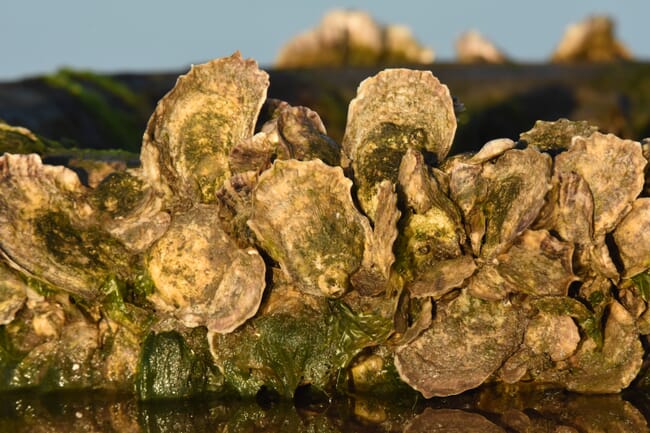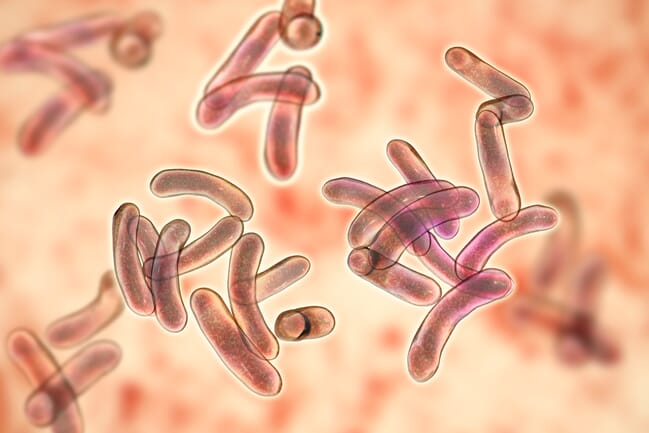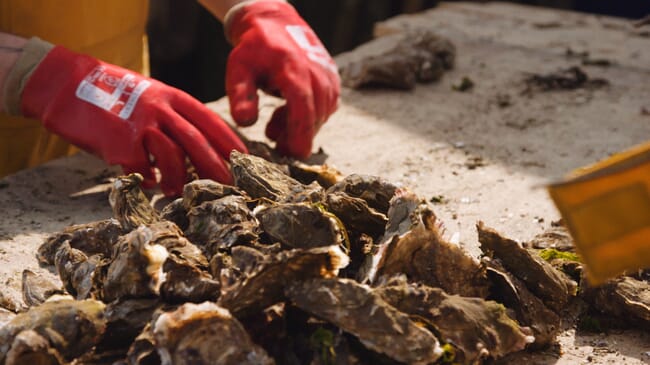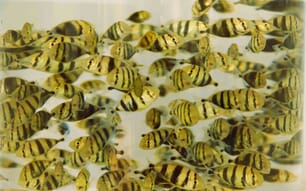
Raw oysters contaminated with Vibrio parahaemolyticus can cause Vibriosis, a serious gastrointestinal illness
Vibrio parahaemolyticus is the leading cause of seafood-borne bacterial infections in the United States. Contaminated raw oysters can cause Vibriosis, a gastrointestinal illness that can be life threatening and even fatal for people with liver disease, diabetes or a weakened immune system.
Vibrio diseases have the notoriety of exhibiting the single greatest increase — 116 percent — in rates of infection from those observed in the mid-1990s, according to the Centers for Disease Control and Prevention.
Unfortunately, there are myths that encourage people to eat raw oysters despite these dangers. Myths like dousing raw oysters in hot sauce or alcohol to kill harmful bacteria are still widely believed. Researchers with the New Hampshire Agricultural Experiment Station at the University of New Hampshire also say that not eating raw oysters in months without the letter “R” is another persistent – and incorrect – myth.
Fortunately, the researchers have discovered how to detect and treat Vibrio-contaminated oysters with support from USDA’s National Institute of Food and Agriculture (NIFA), protecting both consumers and the market for farmed oysters.

The new detection method accurately assesses pathogenic Vibrio risk levels
Detecting the bacteria
Researchers have developed an inexpensive and reliable method for rapid Vibrio detection. The method quantifies levels of dangerous pathogenic and harmless non-pathogenic Vibrio strains. The assay more accurately assesses pathogenic Vibrio risk levels throughout the seafood consumption lifecycle.
The test is critical to New Hampshire’s growing oyster farming industry, which dominates the state’s aquaculture industry. The number of oyster farms in the Granite State grew faster than any other state—a 229 percent increase—from 2013 to 2018, according to USDA’s US Census of Aquaculture. Unfortunately, when outbreaks do occur, the response usually is to close oyster farms. Even temporary closures can stifle the industry and result in significant losses for oyster farmers.
Fortunately, the patented test more accurately assesses Vibrio-related risks and can be used throughout the lifecycle of seafood, including harvesting, processing, distribution and consumption. This distinction can benefit several markets by providing more accurate risk assessment for food inspectors, producers, wholesalers and retailers; or provide more accurate public health information to researchers, the government and regulatory agencies. The diagnostic test can be used in a traditional laboratory setting and adapted as a field-testing kit.

To protect the market for farmed oysters, it is critical to minimise the potential risks of Vibrio infection during the growing process, before the oysters are harvested © Dorset Coast Forum and Butterfly Effect Films
Better handling protocols can help reduce Vibrio
Off-bottom oyster aquaculture production is increasing significantly in the US as raw oysters grow in popularity in the premium half-shell market. However, there are risks associated with this form of oyster farming as the oysters require frequent handling to improve oyster quality. This handling exposes oysters to elevated air temperatures and interrupts filter feeding, causing populations of Vibrio vulnificus and Vibrio parahaemolyticus.
To protect the market for farmed oysters, it is critical to minimise the potential risks of Vibrio infection during the growing process, before the oysters are harvested.
To minimise the risk of foodborne illnesses among consumers, researchers with the Alabama Agricultural Experiment Station at Auburn University’s Shellfish Research Lab investigated how handling practices, gear type and geographic region can affect the levels of vibrio in farmed oysters, as well as determining the re-submersion period required to return elevated levels of vibrio to normal in oysters.
The results showed that all Vibrio types recovered to ambient levels after seven to 14 days of re-submersion, regardless of handling type, gear type or region. This means that following a routine handling treatment, farmers should allow the oysters to remain in the water for 14 days before harvesting for human consumption. As a result of this study, oyster farmers now understand how to manage their pre-harvest production techniques to minimise the risk of foodborne illness for consumers, thus protecting the profitability of oyster farmers.




